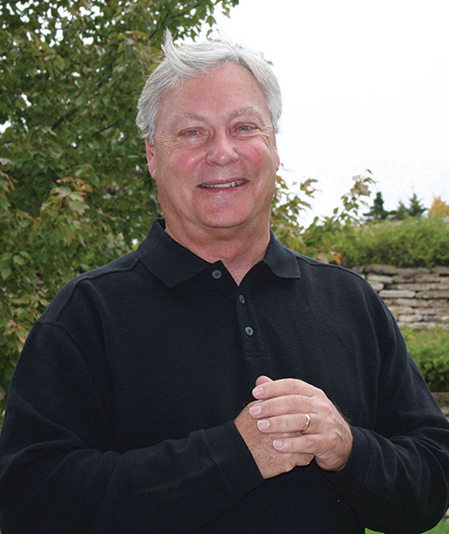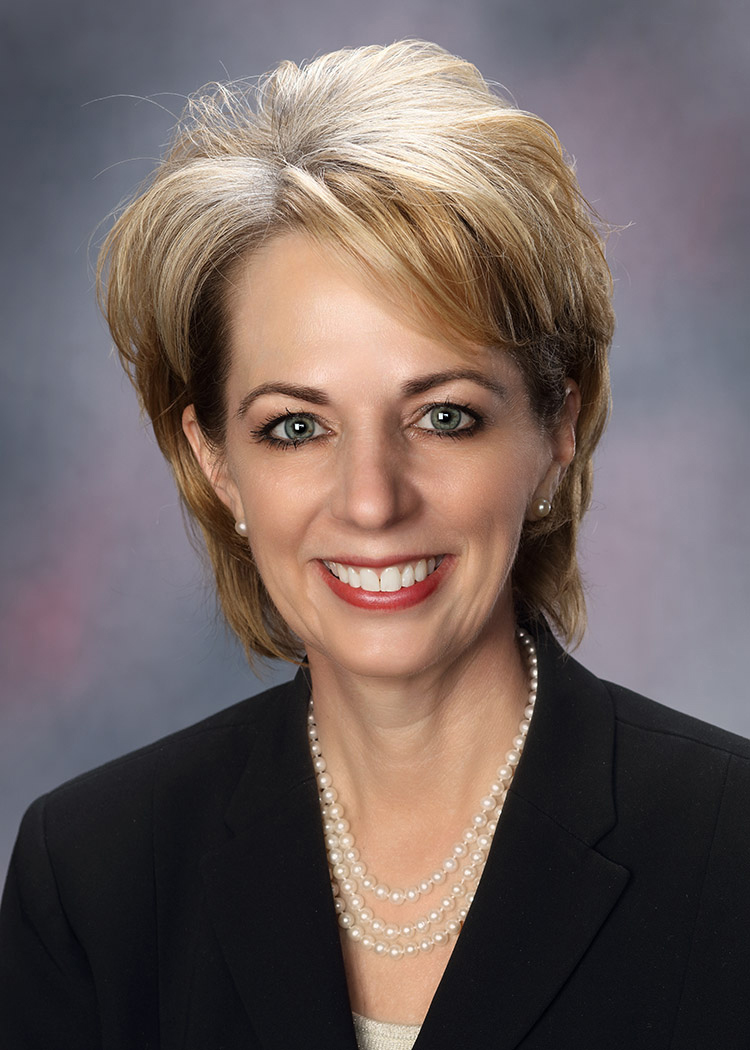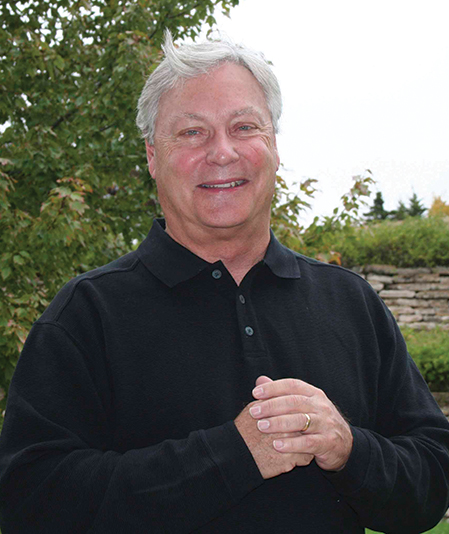Operators in Kansas produced more than 2.2 million barrels of crude oil in February, just over 5.6 million barrels for the first two months of the year. The Kansas Geological Survey said the two-month total in Barton County was over 277,000 barrels, an increase of approximately 112-thousand barrels. Ellis County’s total was over 431-thousand barrels, adding 182,000 barrels in February. Production in Russell County increased by 111-thousand barrels to 256-thousand through February, and in Stafford County, operators produced 61 thousand barrels for a two-month total of 164-thousand barrels.
Even with recent drops in price, Kansas oil producers are bringing home more money for their crude than they have in three years. Over the last two years, the average price for a barrel of Kansas Common crude has increased more than $25. The most recent monthly average available from CHS in McPherson is for April, 2018, at $56.55 per barrel. That’s more than $15 dollars higher than the average in April of last year ($41.40), and another ten dollars higher than the average in April of 2016 ($31.275). The peak monthly average price for Kansas Common crude in McPherson dates back to June of 2008, when the former NCRA refinery paid out an average of more than $124 a barrel. Kansas Common starts this week at $58.25, amid dropping futures prices.
The announcement of a possible boost in output from OPEC and its allies sent shock waves through the crude marketplace. Domestic prices plunged more than four percent Friday and continued the plunge Tuesday. OPEC and Russia are considering relaxing their production cuts, increasing production to meet a shortfall in supply from sanction-targets Iran and Venezuela. Bloomberg said they’re considering an increase of from 300,000 and 800,000 barrels per day, while Reuters said the number could be as high as 1 million barrels.
London Brent now commands a nearly $9 premium over U.S. futures. Reuters reports that the biggest spread since March of 2015, suggesting U.S. exports are becoming more competitive.
Canada’s federal government said Tuesday it is buying a controversial pipeline from the Alberta oil sands to the Pacific Coast to ensure it gets built. The government plans to spend $3.4 billion in U.S. dollars to buy Kinder Morgan’s Trans Mountain pipeline, which would allow Canada to get higher prices by exporting to Asia. Houston-based Kinder Morgan earlier halted essential spending on the project and said it would cancel it altogether if the national and provincial governments could not guarantee it.
Baker Hughes report a big bump inn the national tally of active drilling rigs Friday, 1,059 active rigs, an increase of fifteen oil rigs. Texas added nine rigs and the Permian Basin total increased by eleven. Independent Oil & Gas Service reported 11 active rigs in eastern Kansas (down five) and 25 west of Wichita (unchanged). The number of rigs in transit in Kansas was up six, while operators move in completion tools to five well heads in Barton County and six in Ellis County. They’re drilling at one site in Ellis County and one in Stafford County. Drilling is about to commence on a pair of leases in Barton County.
Independent Oil & Gas Service reported 29 newly-completed wells for the last week (604 so far this year). That’s 15 completions in eastern Kansas and 14 west of Wichita, with two in Barton County and one in Ellis County.
Operators filed 37 new drilling permits last week, 624 year-to-date. There were 25 east of Wichita and 12 in Western Kansas, including two new permits in Ellis County.
A lawsuit moves forward in Oklahoma in which the plaintiffs plan to explore the scientific link, if any, between earthquakes and oil field saltwater disposal. A judge approved class-action status and set a September trial date for the lawsuit, in which Jennifer Lin Cooper blames Tulsa-based oil company New Dominion for injuries and damage caused by a string of earthquakes in 2011. One temblor in Prague, Oklahoma was the first in the state linked by scientists to the energy industry practice of pumping oil-field wastewater into class-2 disposal wells. Residents and businesses in nine counties can join the lawsuit, now scheduled September 10. The oil company has declined comment to numerous media outlets, but in court filings has denied causing the earthquakes. Cooper’s lawyer says he intends to prove the quakes were caused by New Dominion’s operations.
The patch in Texas recorded its first year of net positive job growth since 2014. The Texas Independent Producers and Royalty Owners Association said the oil and gas industry supported more than 325-thousand direct jobs in Texas in 2017. Federal stats show the trend continued through the first quarter of 2018. But, TIPRO President Ed Longaneker warned that employers in various segments of the industry are already beginning to encounter a shortage of available talent, with thousands of open positions in Texas in support activities for operations and drilling.
Workforce recruiting is once again at the forefront in western North Dakota’s oil industry. The Bismarck Tribune reports that demand for drivers and heavy equipment operators is contributing to nearly 9,400 job openings statewide by next year. Job Service North Dakota official Cindy Sanford says the agency participated in four job fairs last week, and recruiters hired more than half the people attending.
Anadarko Petroleum said Wednesday it has reached legal settlements with the families of two men killed in a northern Colorado home explosion linked to one of the company’s wells. The April 2017 explosion in the town of Firestone killed Mark Martinez and Joey Irwin. Texas-based Anadarko said it would not disclose the details of the agreements.






















